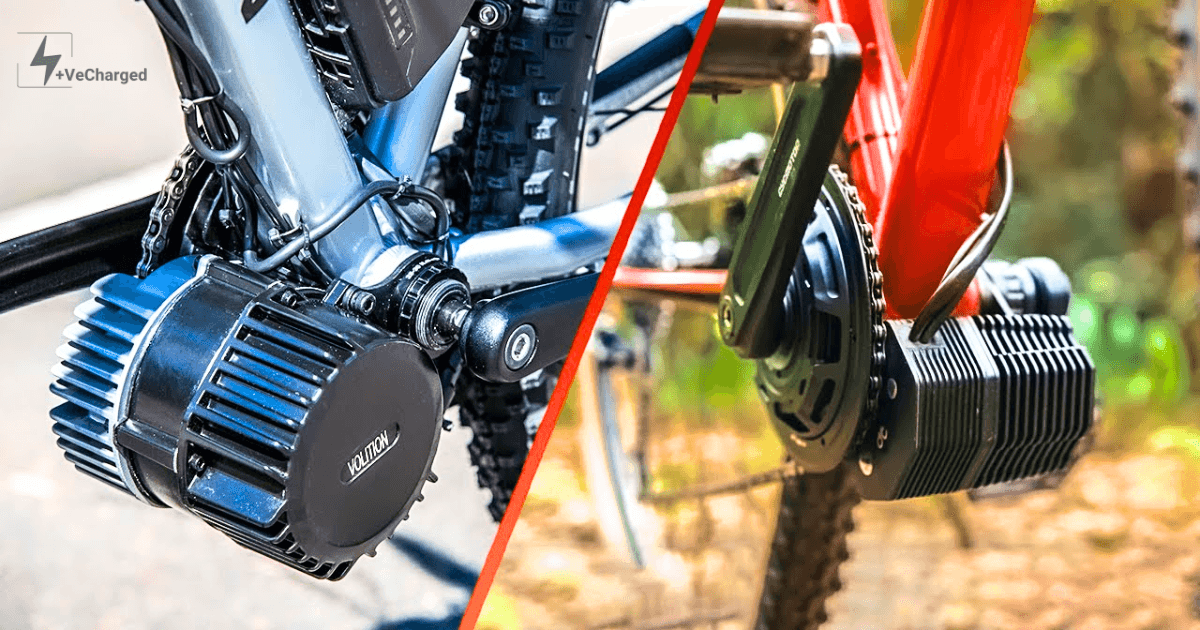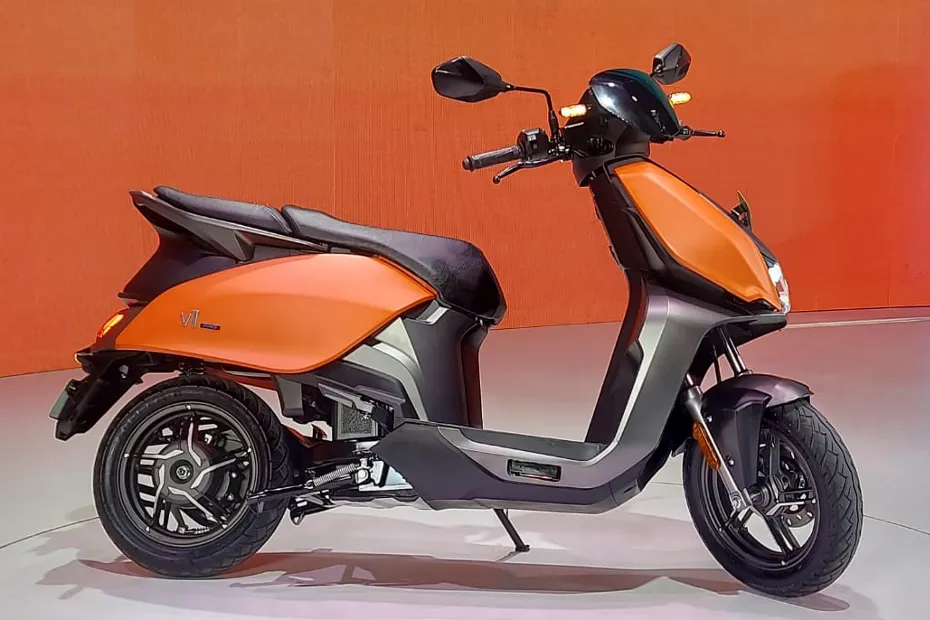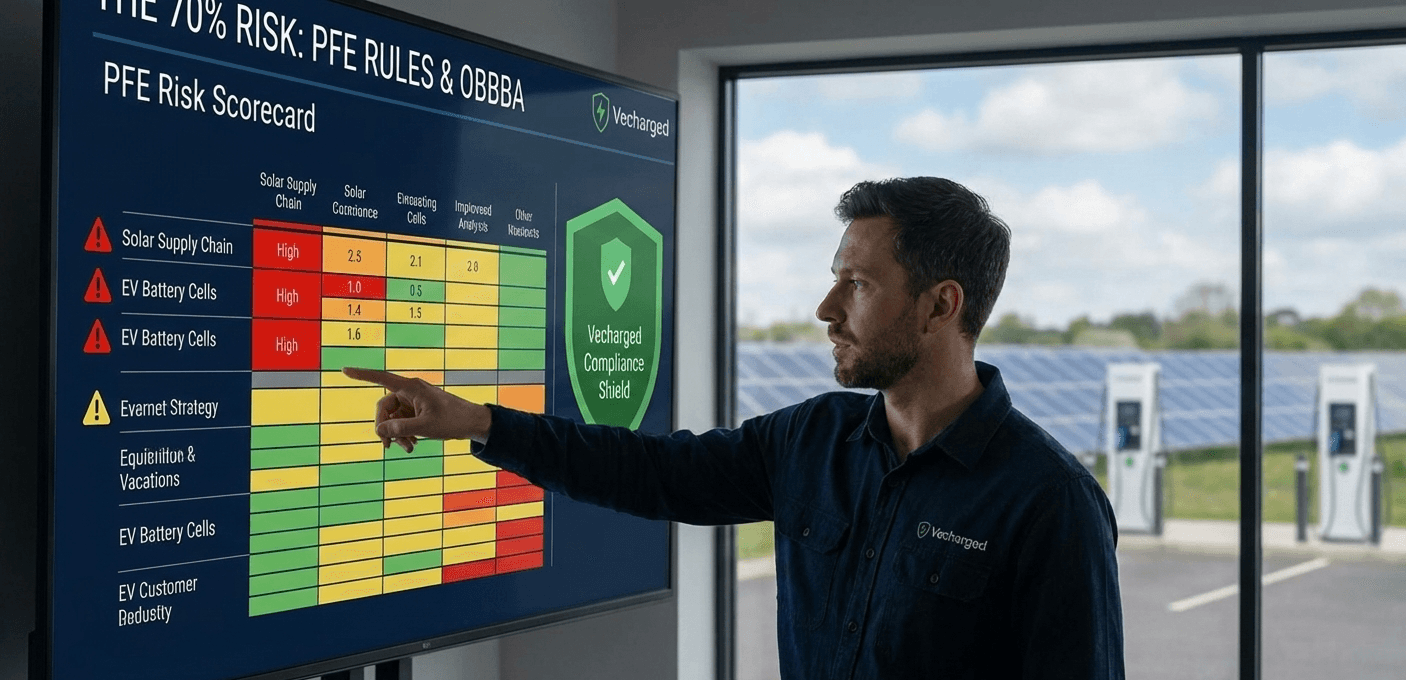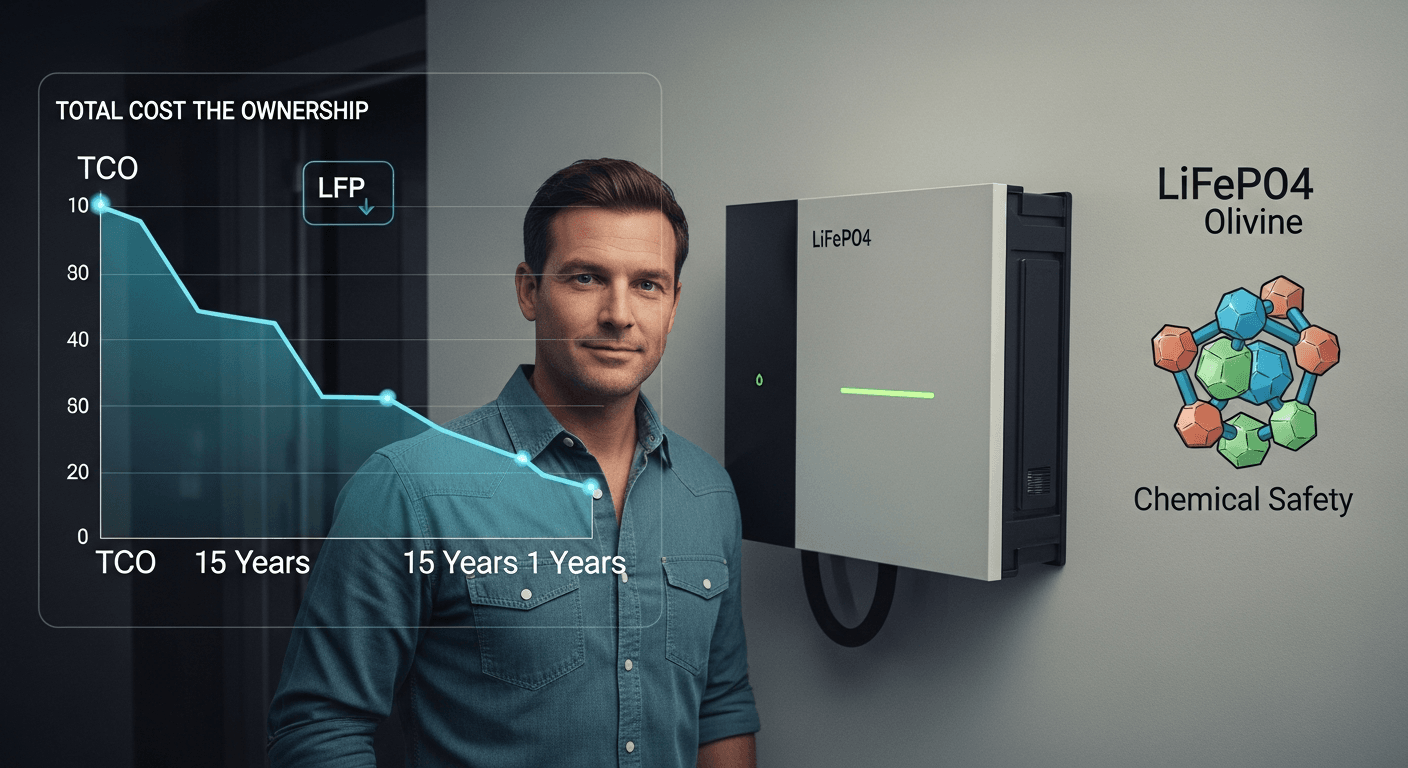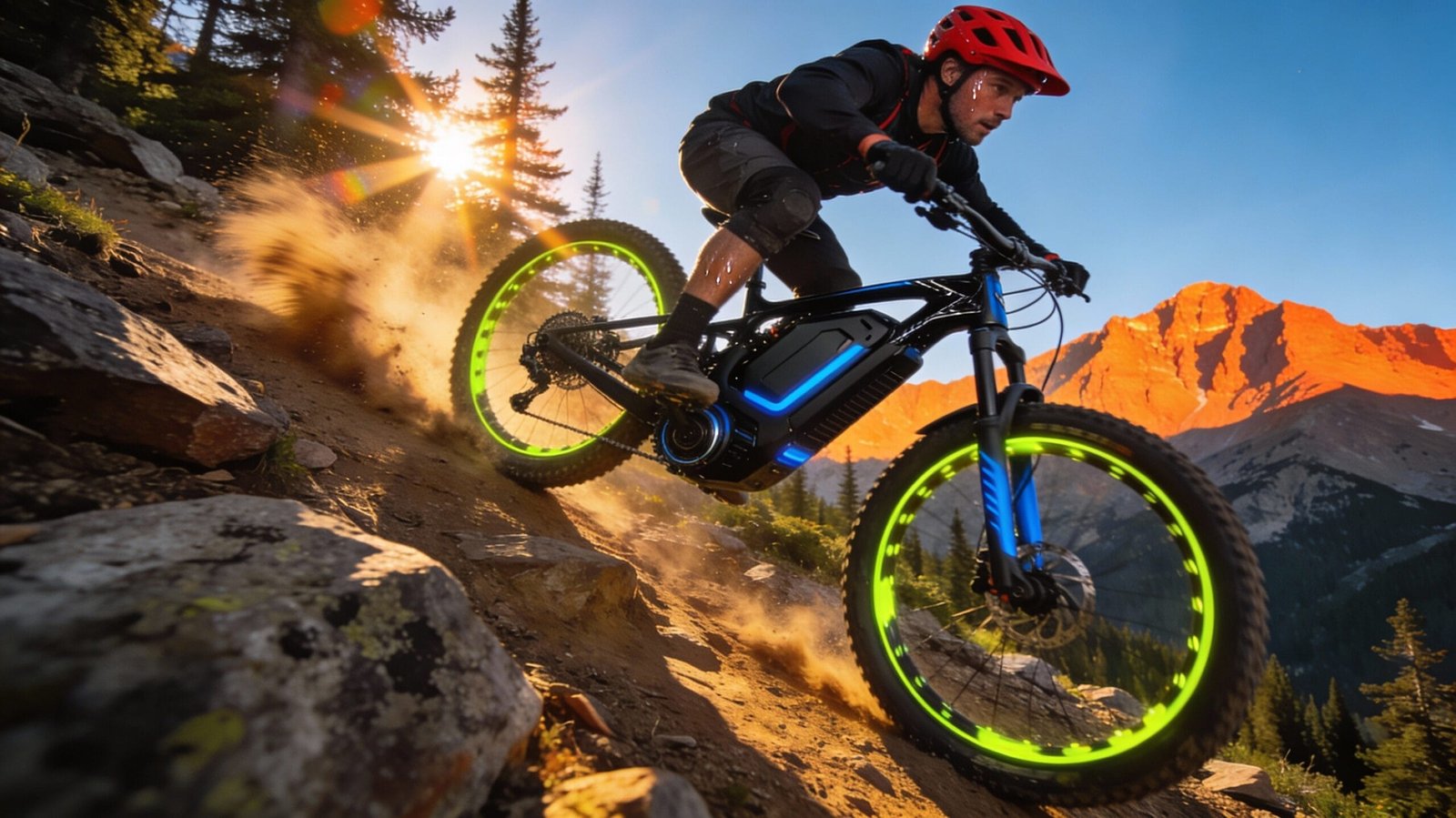With powerful motors, torque sensors, and UL-certified batteries, Tuttio is making a bold play against the giants. We break down if this emerging brand is a true contender or just another face in the crowd.
The direct-to-consumer e-bike market is the new Wild West. Every month, a new brand appears, promising more power, more features, and a lower price than the last. For a buyer, it’s an overwhelming landscape of competing claims and confusing specs. Filtering the legitimate contenders from the low-quality pretenders has become the single biggest challenge.
This is why a new US-based brand like Tuttio is so interesting. On paper, they are doing everything right. They’re offering the kind of premium features—torque sensors, hydraulic brakes, and full UL certification—that we typically see on bikes costing hundreds, if not thousands, more.
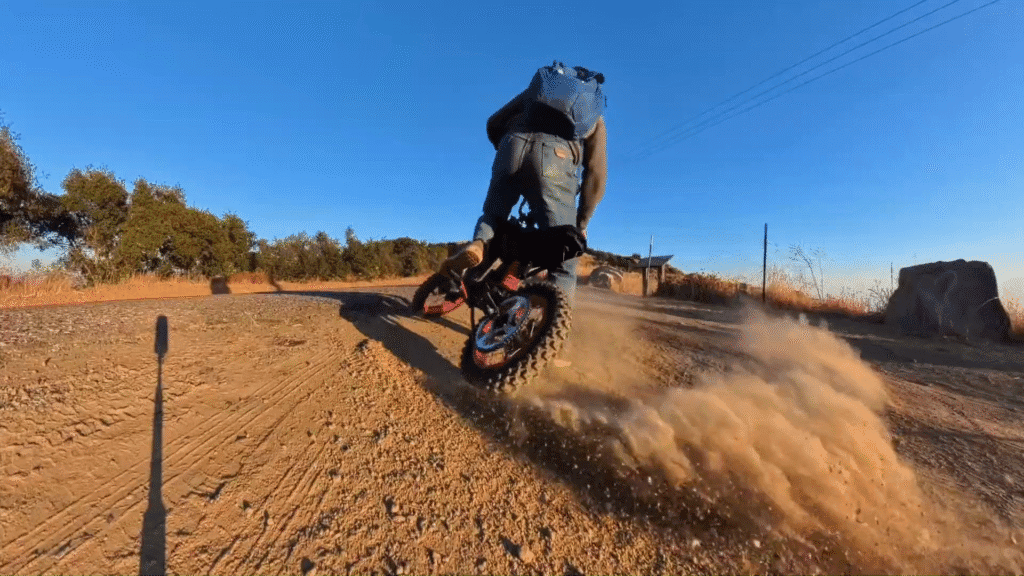
But is the real-world experience as good as the spec sheet? At Vcharged, we go beyond the marketing to give you the expert, data-driven analysis you need. This is our definitive deep-dive into the world of Tuttio e-bikes.
First, a Critical Point on Safety: Who is Tuttio?
Before we talk about performance, let’s address the most important question for any new brand: trust. The scariest part of the e-bike boom has been the flood of uncertified, potentially dangerous batteries.
This is where Tuttio immediately stands out. Their entire lineup is built around battery systems that are UL 2849 certified. This is the highest safety standard for e-bike electrical systems, and it’s a non-negotiable feature that many budget brands skip. This certification tells us that Tuttio is a serious company committed to safety and quality, not a fly-by-night importer.
The Tuttio Lineup: A Head-to-Head Comparison
Tuttio’s strategy is focused on a few key, well-equipped models rather than a confusingly large catalog. Let’s break down their core offerings.
| Feature | Tuttio Sabre | Tuttio Legend | Tuttio Phoenix |
| Best For | All-Terrain Versatility | Comfortable Cruising | Urban Commuting |
| Motor | 750W Brushless Hub | 750W Brushless Hub | 750W Brushless Hub |
| Sensor Type | Torque Sensor | Torque Sensor | Cadence Sensor |
| Brakes | Hydraulic Disc | Hydraulic Disc | Mechanical Disc |
| Battery | 48V 15Ah (720 Wh) | 48V 15Ah (720 Wh) | 48V 14Ah (672 Wh) |
| Price (USD) | ~$1,899 | ~$1,899 | ~$1,499 |
What Sets Tuttio Apart? The Expert Analysis
Three key features on bikes like the Sabre and Legend are what elevate Tuttio from a generic e-bike brand to a serious contender.
1. The Torque Sensor: The Secret to a “Bionic” Ride
This is the single biggest differentiator. Most budget e-bikes use a simple “cadence sensor” that just turns the motor on or off. A torque sensor is far more sophisticated. It measures how hard you are pedaling and delivers a proportional amount of power.
- What this feels like: A smooth, intuitive, “bionic” riding experience. The bike feels like a natural extension of your own power. It’s the #1 feature that separates premium e-bikes from budget ones, and Tuttio has included it at a very aggressive price point.
2. Hydraulic Disc Brakes: Real Stopping Power
E-bikes are heavier and faster than regular bikes, and they require serious stopping power. While cheaper mechanical disc brakes work, they require more hand strength and frequent adjustment. Hydraulic brakes, like those on the Sabre and Legend, offer effortless, single-finger braking with far more power and reliability. This is a significant safety and performance upgrade.
3. The 750W Motor: The US Power Standard
A 750-watt motor is the sweet spot for all-around performance in the US market, providing enough power to conquer steep hills, accelerate quickly from a stop, and carry heavier loads without struggling. It is the legal limit for a Class 2 e-bike in many states.
Tuttio vs. The Competition: Where Does It Fit?
- Tuttio vs. Aventon: This is the most direct comparison. Tuttio’s Sabre and Aventon’s Aventure.2 offer very similar feature sets (torque sensors, 750W motors). Tuttio often competes very aggressively on price, trying to undercut the more established Aventon.
- Tuttio vs. Rad Power Bikes: Tuttio aims for a slightly higher performance tier. While Rad Power Bikes are known for their rugged reliability (the “Toyota” of the e-bike world), Tuttio focuses on delivering a more refined ride feel with its torque sensors.
The Final Verdict: Is a Tuttio E-Bike a Smart Buy?

Based on our analysis of their specifications, safety certifications, and feature set, the answer is a confident yes.
Tuttio has made a very intelligent entry into the crowded US market. They have avoided the race to the bottom and instead chosen to compete on value, offering the kind of premium ride-feel and safety features that truly matter in a daily driver.
While they may be a new name, they are entering the market with a product lineup that is not just competitive but compelling. For a buyer who wants a premium riding experience without the premium price tag of a brand like Specialized or Trek, and who is looking for a more feature-rich alternative to the entry-level players, Tuttio has carved out a fantastic and highly appealing niche for itself. It is a brand to watch very closely.
Further Reading & Your Questions
- The Vecharged Guide: The Best Electric Bikes of 2025: An Interactive Buyer’s Guide
- FAQ: What’s the real difference between a Torque Sensor and a Cadence Sensor? The fundamental difference between a torque sensor and a cadence sensor is what they measure. A cadence sensor simply detects if you are pedaling (moving the cranks). A torque sensor measures how hard you are pedaling (the amount of force or pressure you are applying). This distinction creates two completely different riding experiences.
- FAQ: Understanding E-Bike Classes (1, 2, and 3) in the US? The three e-bike classes in the United States are defined by their top speed and how they deliver power. Class 1 is pedal-assist only up to 20 mph. Class 2 has a throttle and assists up to 20 mph. Class 3 is pedal-assist only up to 28 mph. These classes determine where you can legally ride your e-bike.
The Three Classes: A Simple Breakdown
The entire system revolves around two simple questions:
- How is the motor activated? (Pedal-assist or throttle?)
- What is the maximum speed the motor will help you reach? (20 mph or 28 mph?)
Class 1: The “Classic” Pedal-Assist
- How it Works: The motor provides assistance only when you are actively pedaling. There is no throttle to give you power on demand.
- Top Speed: The motor will stop assisting you once you reach 20 mph (32 km/h). You can go faster, but you’ll have to do it with your own leg power.
- The Vecharged Verdict: This is the most universally accepted class. Because it behaves most like a traditional bicycle, Class 1 e-bikes are generally permitted on any bike path, bike lane, or trail where regular bicycles are allowed.
Class 2: The “Throttle on Demand”
- How it Works: This class can be powered by either pedal-assist or a throttle. The throttle allows you to get power from the motor even when you are not pedaling.
- Top Speed: Whether you are using the pedal-assist or the throttle, the motor will stop assisting you once you reach 20 mph (32 km/h).
- The Vecharged Verdict: Class 2 bikes are incredibly popular with commuters and casual riders who appreciate the ability to get a “power boost” from a standstill or to cruise without pedaling. However, because of the throttle, some states and local parks restrict them from multi-use bike paths.
Class 3: The “Speed Commuter”
- How it Works: Like a Class 1, a Class 3 bike must be pedal-assist only. It typically does not have a throttle. (Some manufacturers have a “Class 2 mode” with a throttle that tops out at 20 mph).
- Top Speed: This is the key difference. The motor will continue to assist you until you reach a much higher speed of 28 mph (45 km/h).
- The Vecharged Verdict: Class 3 e-bikes are designed for serious commuters who need to keep pace with city traffic. They are incredibly fast and efficient for covering long distances. However, because of their high speed, they are the most heavily regulated and are often not allowed on protected multi-use bike paths or trails. They are primarily intended for use in on-street bike lanes.
The Head-to-Head Comparison: Which Class is Right for You?
| Feature | Class 1 | Class 2 | Class 3 |
| How it’s Powered | Pedal-Assist Only | Pedal-Assist OR Throttle | Pedal-Assist Only |
| Max Assist Speed | 20 MPH | 20 MPH | 28 MPH |
| Where to Ride | Everywhere bikes are allowed | Most bike lanes; some paths restricted | On-street bike lanes; often restricted from paths |
| Best For | Trail riding, universal access, a traditional bike feel. | Casual cruising, commuting, riders who want the option to not pedal. | Speed and serious commuting. |

Suhas Shrikant is the founder of Vecharged and an engineering enthusiast specializing in high-power off-grid solar systems. He has designed and built over a dozen custom systems and uses his hands-on, field-tested experience to create Vecharged’s expert guides and reviews.




